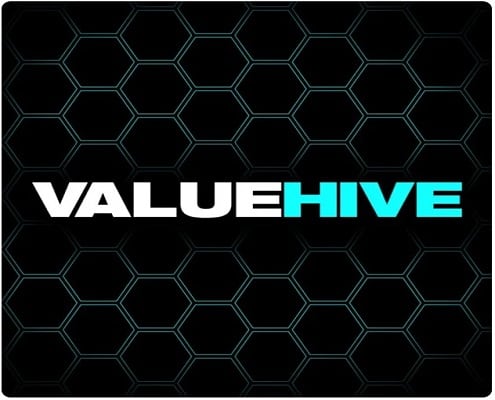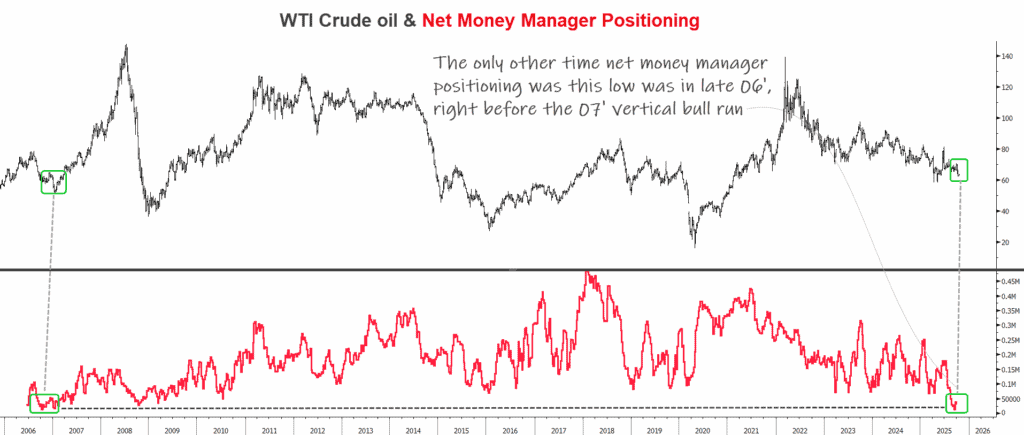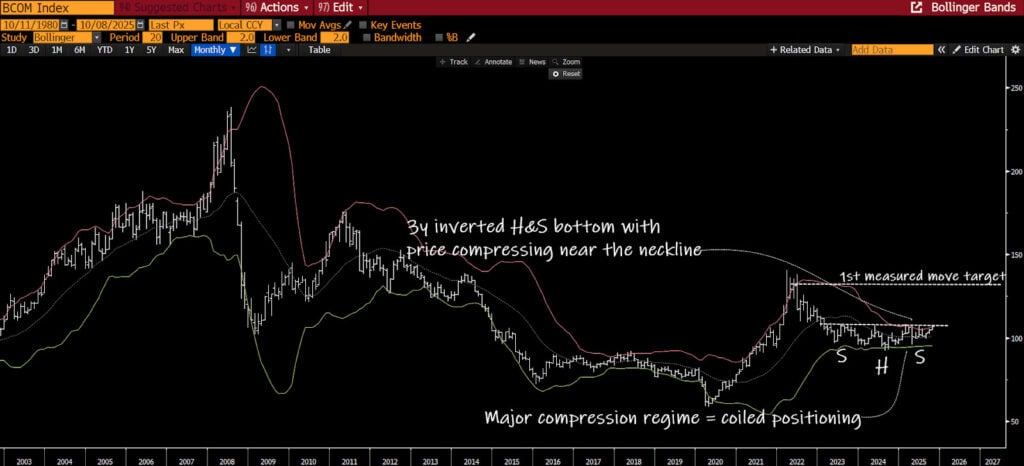“The SPAC landscape provides some of the greatest short opportunities we’ve ever seen in markets.”
I can’t think of a better time to uncover and invest in special situations than in today’s market. We’re seeing micro-cap stocks trading at less-than cash and de-SPAC companies with actual earnings trading like a Chamath IPO.
My latest podcast guest, Jay Singh III, thinks so too.
Singh is a former Goldman Sachs manager who, at the time, ran a $2B book. He invests in SPACs, Growth Equities, Bankruptcy/Distressed, and Catalyst Plays.
Singh packs loads of knowledge into a 90-minute conversation. This is why we’re profiling Jay’s episode in this week’s 3 Big Things!
3 Big Things distills all my podcast episodes into bite-sized mini-essays. Each piece features the following:
- One Conversation (Stocks, Psychology, Markets)
- One Framework (Mental Model, Analytical, Behavioral)
- One Idea (Long or Short)
We’ve got 135+ episodes to break down, and I can’t wait to share these pieces with you.
Alright, let’s dig into my podcast with Jay Singh III.
One Conversation: “Everything’s A Factor Bet”
Professional investors play with various constraints, notably shorter time frames and factor exposure.
Retail investors (or those without time constraints) don’t have factor exposure worries.
Why? Because they’re not worried about short-term underperformance or LPs redeeming in droves. It’s a good life.
That said, factor exposure can destroy returns and create false security for professional investors. I like how Jay outlines the dangers on the podcast (emphasis mine):
“I think that today, competition has increased. There is no such thing as sticky capital. Whether you’re a hedge fund or a mutual fund, you don’t have long-term capital. So the decisions that you make have to be cognizant of your factor exposures.
You must understand how factor exposures could drive returns over one-to-two quarters or one-to-two years.
Over the last few cycles, the biggest lesson for investors is to know what you own. And not just on a single company, bottoms-up basis. But understand the factor exposures of your portfolio.”
Jay uses unprofitable tech investments as an example. Managers have raised billions of dollars behind a strategy of investing in unprofitable, high-growth technology businesses.
And that worked for a while. But not anymore.
Jay explained, “if you’ve held unprofitable tech stocks this year, you’re probably down 30-40%. It’s a wake-up call for a lot of investors.”
The wake-up call that Jay mentions is that regardless of what an investor might think about the reasons for an investment, it’s that drive performance.
In other words, it doesn’t matter how great a business performs or how undervalued a stock is against its peers. Your beloved valuation model or growth algorithm means nothing if funds don’t flow your way.
One Framework: The 5-Part SPAC Lifecycle
Jay explained his five-part SPAC Lifecycle framework around the 44-minute mark.
We’ve distilled his thoughts into a few bullet points for each life cycle stage (note: DA = “deal announcement”).
Part 1: SPAC IPO
- Participants get in at a discount to NAV
- In some deals, an investor receives either partial or full warrants
- Investors can sell warrants on Day 1 to earn a low-risk profit
Takeaway: SPAC IPOs allow investors to generate a potential ~7% return from selling free warrants. They can then exit their position on merger news, etc.
Part 2: Pre-DA NAV SPAC
- Usually trade below the trust value of $10/share (i.e., buying at a discount to the cash value in the bank)
- SPAC Arbitrageurs use pre-DA SPACs as “Cash Parks” if they can buy below the trust value
Takeaway: Pre-DA SPACs allow investors to participate in relatively low-risk arbitrage if they can buy below the trust value.
Part 3: Post-DA NAV SPAC
- SPAC company announces a deal to the market (they’ve identified a target company)
- Usually, see an increase in warrant prices (which investors received for free) at SPAC IPO
- Sometimes the SPAC price will increase above $10 if its a highly anticipated SPAC merger
Takeaway: The warrants and the SPAC stock will trade higher if the market approves of the target company. Investors at the SPAC IPO level create highly asymmetric risk/reward profiles at this stage, given the limited downside (especially if they bought below trust) and substantial upside (warrant + stock price increase).
Part 4: Ex-Redemption Period
- At this point, the SPAC loses its $10/share trust floor and can trade where it pleases
- Investors must put in for redemption at least three days before the deal closes
Takeaway: Investors lose most (if not all) of their downside protection at this stage. The SPAC can trade where it wants, even below the $10/share trust floor.
Part 5: De-SPAC Public Company
- Merged company trades in public markets with a new ticker symbol
- PIPE unlock occurs ~45-60 days after De-SPAC
- The PIPE unlock allows PIPE holders to sell their shares (usually bought for around $8.50) in the open market
Takeaway: PIPE unlocks are similar to traditional post-IPO share lockups. The only difference is the time to unlock (PIPE is 45-60 days, traditional IPO is ~180 days). Also, De-SPACs are great short candidates due to potential forced liquidation from PIPE holders.
Speaking of SPAC ideas, let’s discuss this week’s One Idea.
One Idea: Algoma Steel (ASTL)
Algoma Steel (ASTL) produces and sells steel products. The company’s products include temper rolling, cold-rolled, hot-rolled, floor plate, and cut-to-length steel to help build railcars, buildings, bridges, off-highway equipment, storage tanks, ships, etc.
ASTL went public via SPAC from Legato Merger Corporation in May/June of 2021.
The ASTL thesis is straightforward. The company generated nearly $4B in revenue last year at 37% operating margins and now has to decide what to do with all its leftover cash.
ASTL has ~$915M in cash on its balance sheet. They’ll likely generate $350M in FCF next year and ~$500M in cumulative FCF from 2024-2025.
There are four things a company can do with its excess cash: buy back stock, reduce debt, buy another company, or pay dividends.
ASTL already pays a dividend and extinguished nearly all its long-term debt as of last year. That means they can either buy another company or buy back stock. They chose the buy-back option in a big way.
“Give Me All of The Stock That You Have …”
The company announced two share buyback plans: a Normal Course Issuer Bid (or NCIB) and a Substantial Issuer Bid (or SIB).
NCIB allows ASTL to buy 7,397,889 shares, or 5% of its issued and outstanding shares. That’s ~$68M at today’s stock price.
Then there’s the SIB, which allows ASTL to buy back up to $400M worth of shares for cancellation (via a Modified Dutch Auction).
In other words, ASTL could buy ~35% of its shares over the next year, vastly increasing the per-share value of its existing shareholders. It’s like Ron Swanson ordering bacon and eggs from a diner.
Wrapping Up: Where To Learn More
Thanks for reading, and I hope you learned somethin. Check out these resources if you want to learn more about Jay, his Special Situations newsletter, Merger/Arb, and the SPAC space:
- Jay Singh III on Twitter
- SpecialSitsResearch.com
- Track SPAC IPOs (no affiliation)








